About
Other names: the pill; combined oral contraceptive pill
What is the combined pill?
The combined oral contraceptive pill (COCP), often called the combined pill or just ‘the pill’, is a tablet containing two hormones oestrogen and progestogen to prevent pregnancy.
The combined pill is to be taken every day, usually with a week off once a month (for a period). This is called the ‘pill free week’.

Overview

EFFICACY
91%

FREQUENCY
Daily

EFFECT ON FERTILITY
Upon discontinuation of use, fertility should return to normal

BLOOD CLOT RISK
Increased
The combined pill is a type of short-acting contraceptive
The combined pill belongs to a category of contraceptives called short-acting contraception. Short-acting contraceptives need to be taken frequently – either every time you have sex, daily, weekly or monthly.
The combined pill is a type of short-acting contraception called a short-acting hormonal contraceptive. The combined pill, the progestogen-only pill, the patch and the vaginal ring are all examples of short-acting hormonal contraception.
How does the combined pill work?
The combined pill contains two hormones – an oestrogen and a progesterone hormone. These hormones are released into the bloodstream and prevent pregnancy by:

Stopping the ovaries from releasing eggs.

Thickening the cervical mucus, which keeps the sperm from getting to the egg.
How effective is the combined pill at preventing pregnancy?
The combined pill works well at preventing pregnancy. However, its ability to prevent pregnancy largely depends on the person using it properly. Forgetting to take the pill or being ill with vomiting or diarrhoea can make the pill less effective.
Typically, the pill is 91% effective. This means that around 9 in 100 people using the combined pill will get pregnant in a year. With perfect use the pill is more than 99% effective. Fewer than 1 in 100 people will get pregnant in a year when using the combined pill correctly.
What is the pill made of?
The combined pill contains artificial versions of the female hormones oestrogen and progesterone, which are produced naturally in the ovaries. There are many different combined pills available which all have different types and doses of these two hormones.
Yes. The combined pill contains two hormones - a progestogen hormone and an oestrogen hormone are released throughout the entire body.
The combined pill is not suitable for everyone. To find out whether the pill is right for you, talk to a GP, nurse or pharmacist.
The pill may not be right for you if you:
-
Are pregnant.
-
Smoke and are 35 or older.
-
Stopped smoking less than a year ago and are 35 or older.
-
Are very overweight.
-
Take certain medicines.
-
Have blood clots in a vein, for example in your leg or lungs.
-
Have had a stroke or have any other disease that narrows the arteries.
-
Have any close family members who have had a blood clot under the age of 45.
-
Have a heart abnormality or heart disease, including high blood pressure.
-
Suffer from severe migraines, especially with aura (warning symptoms).
-
Have breast cancer.
-
Have disease of the gallbladder or liver.
-
Have diabetes with complications or diabetes for the past 20 years.
PP-UN-WHC-GB-0077 September 2023




